Abstract
Volumetric electron microscopy techniques, such as serial block-face electron microscopy (SBEM), generate massive amounts of image data that are used for reconstructing neural circuits. Typically, this requires time-intensive manual annotation of cells and their connections. To facilitate this analysis, we study the problem of automated detection of cell nuclei in a new SBEM dataset that contains cerebral cortex, white matter, and striatum from an adult mouse brain. The dataset was manually annotated to identify the locations of all 3309 cell nuclei in the volume. We make both dataset and annotations available here.|
This is a supplementary to the ISBI 2014 paper "Automated Cell Nucleus Detection for Large-Volume Electron Microscopy of Neural Tissue". Data and ground-truth annotationsRaw dataThe raw data (HDF5 file, 4 GB, md5sum 8b1f88fd0cd57874dd8f0f0b74be61ba) can be requested using the form at the bottom of this page. The hd5 file is split up into 3 tar files for convenience. This file uses the HDF5 data format for chunked and compressed storage. Regions of interest can be read from the file using Matlab's h5read command, using Python and h5py library as well as many other languages (see the wikipedia article for a list). The data is stored in the group G1/20130722_132814 as a dataset of size 1024 x 768 x 7552. It was written in chunks of 64 x 64 x 64 using the deflate-1 OPT compression filter. Note that the data is in x,y,z axis order, which requires a transpose when read from C or python (see example below), and also from Matlab (because it uses y,x,z order). An example python script to read a slice from the raw data and save it as a PNG image can be found here. Ground-truthGround-truth annotations are provided as CSV files (separator: comma)with x,y,z and r columns.
Source Code
|


